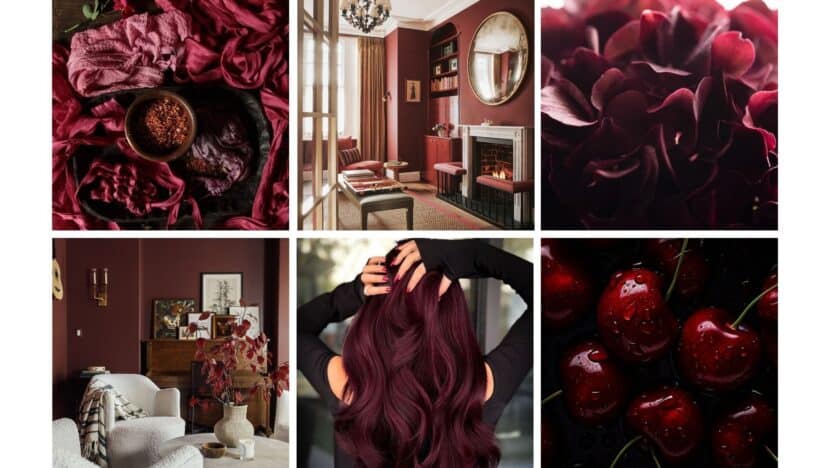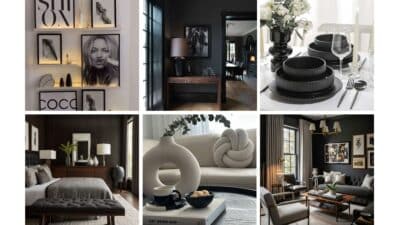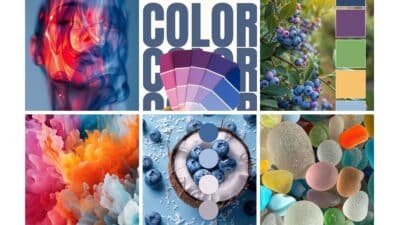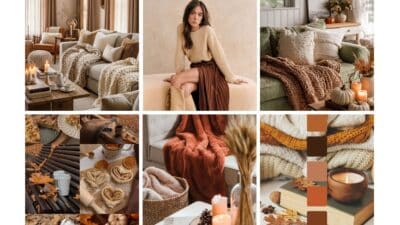Deep red tones like terracotta, clay pink, and burgundy bring warmth and richness to any space. These shades strike a balance between boldness and subtlety, making them versatile for interiors, fashion, and design. You can use these colors to create depth, add character, and introduce a timeless sense of style without overwhelming your surroundings.
Terracotta offers an earthy foundation with its mix of orange and brown undertones, while clay pink softens the palette with a gentle, rosy quality. Burgundy, on the other hand, delivers a deeper and more dramatic presence that pairs beautifully with both neutrals and lighter accents. Together, these shades open up a wide range of creative possibilities.
When you combine them, you get palettes that feel both modern and grounded. Their adaptability allows you to experiment confidently, whether you want a cozy atmosphere, a refined touch, or an inviting blend of warmth and sophistication.
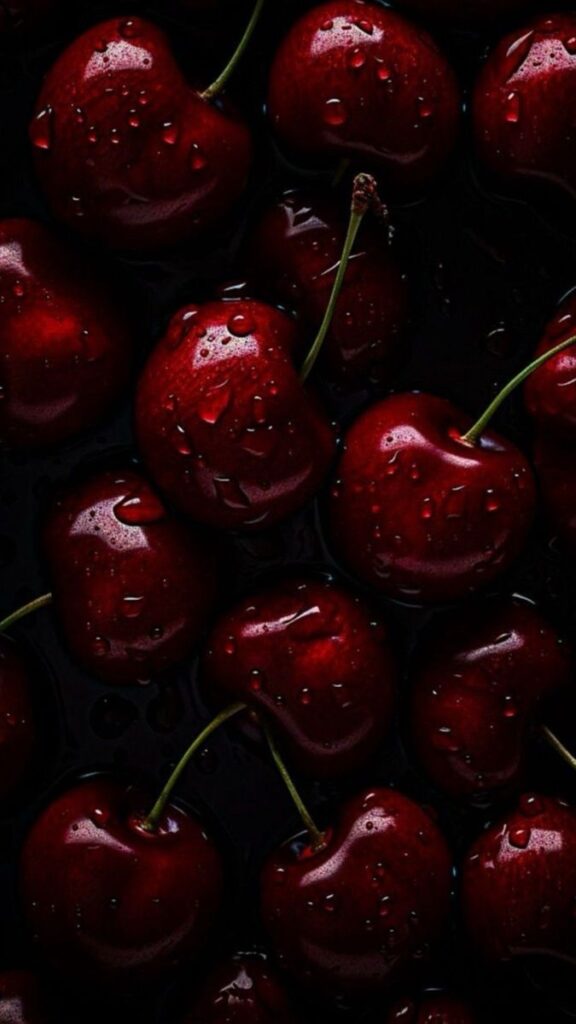
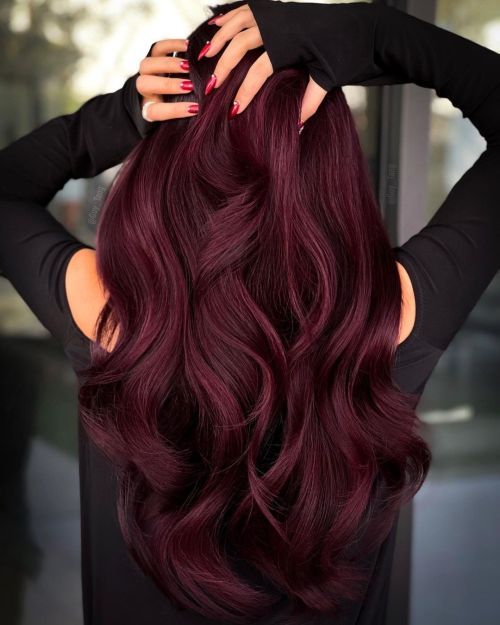
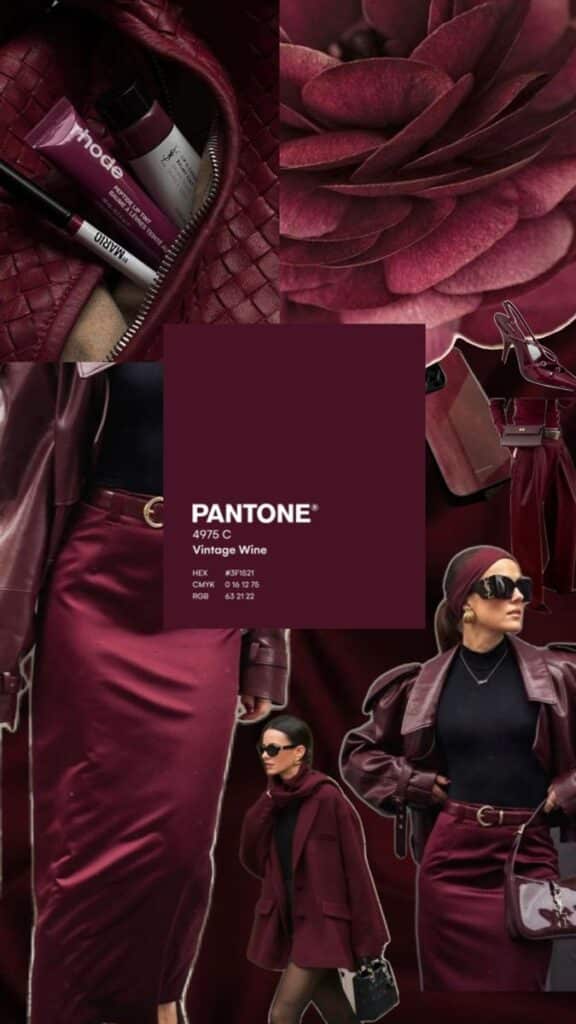
Key Takeaways
- Deep red tones add warmth and character across design styles
- Each shade offers unique depth and versatility
- Combining them creates balanced, timeless palettes
The Allure of Deep Red Shades: Terracotta, Clay Pink, and Burgundy
Each of these shades carries a distinct character that can shift the mood of a space. You’ll find they balance warmth, depth, and versatility, making them useful in both bold statements and subtle accents.
What Defines Terracotta, Clay Pink, and Burgundy
Terracotta comes from the natural look of fired clay. It usually blends earthy orange and red tones, often softened with gray undertones. This makes it feel grounded and adaptable in many settings.
Clay pink sits between red and pink with hints of peach or coral. It feels softer than terracotta but still earthy, giving you a warm yet approachable color.
Burgundy leans much deeper, with strong red and purple undertones. Unlike lighter clay shades, burgundy feels richer and more dramatic, often used to create contrast or highlight focal points.
| Shade | Undertones | Character | Common Look |
|---|---|---|---|
| Terracotta | Orange, brown, gray | Earthy, rustic, cozy | Clay pottery |
| Clay Pink | Red, peach, coral | Soft, inviting, warm | Blush clay |
| Burgundy | Red, purple | Bold, rich, elegant | Wine tones |
Color Psychology and Emotional Impact
Terracotta often gives you a sense of stability and calm. Its connection to natural clay makes it feel familiar and welcoming without being overwhelming.
Clay pink leans more toward comfort and softness. You might use it when you want a space to feel approachable and friendly, especially in rooms meant for relaxation.
Burgundy carries a sense of sophistication and depth. It can feel serious or luxurious, depending on how you pair it. While it’s stronger than clay tones, it still ties back to earthy roots, which prevents it from feeling too formal.
Popular Uses in Modern Design
You’ll often see terracotta on walls, tiles, or accent pieces. It works well in kitchens, living rooms, or outdoor spaces where you want warmth and texture.
Clay pink is popular in bedrooms and bathrooms. It pairs nicely with natural wood, light gray, or cream, giving you a gentle but modern palette.
Burgundy finds its place in dining rooms, offices, or as upholstery. It contrasts well with neutral shades like beige or gray, and it can also complement metallic finishes like brass or gold for a more refined look.
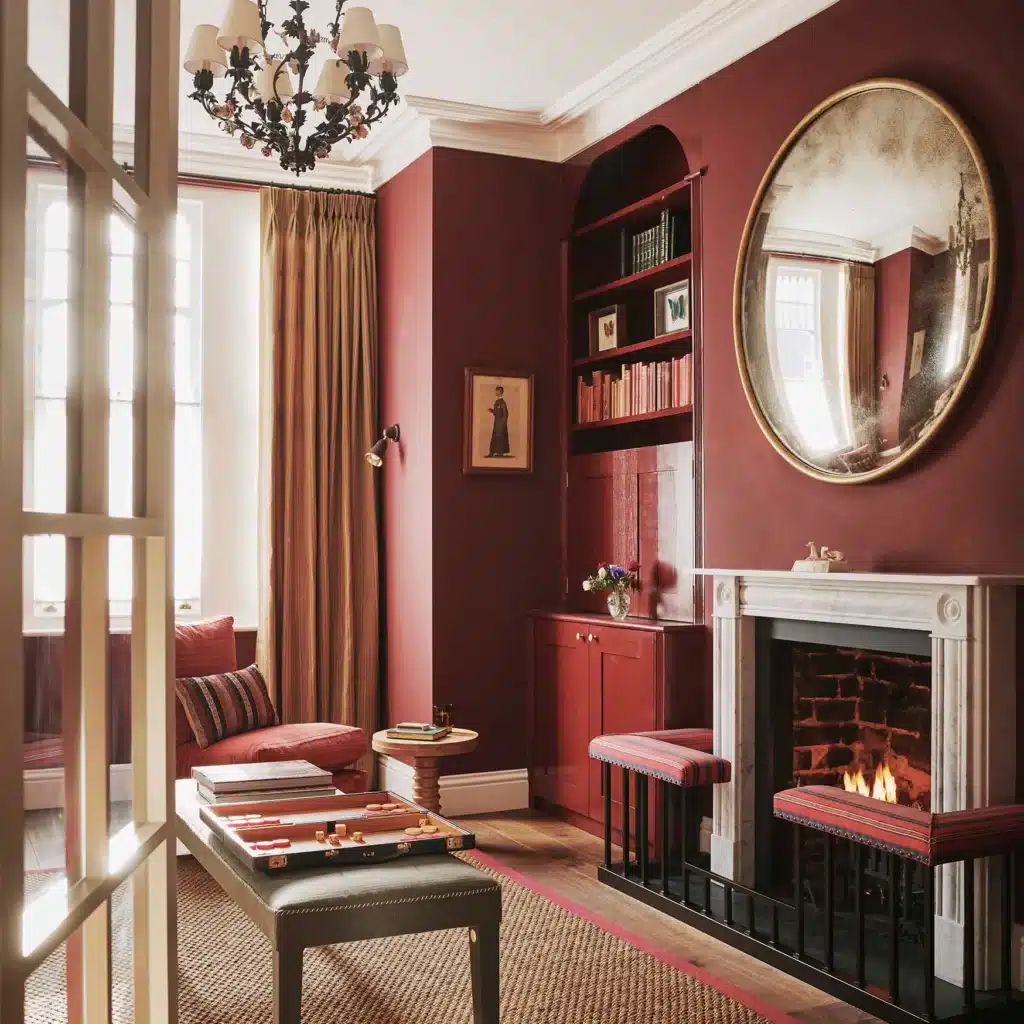
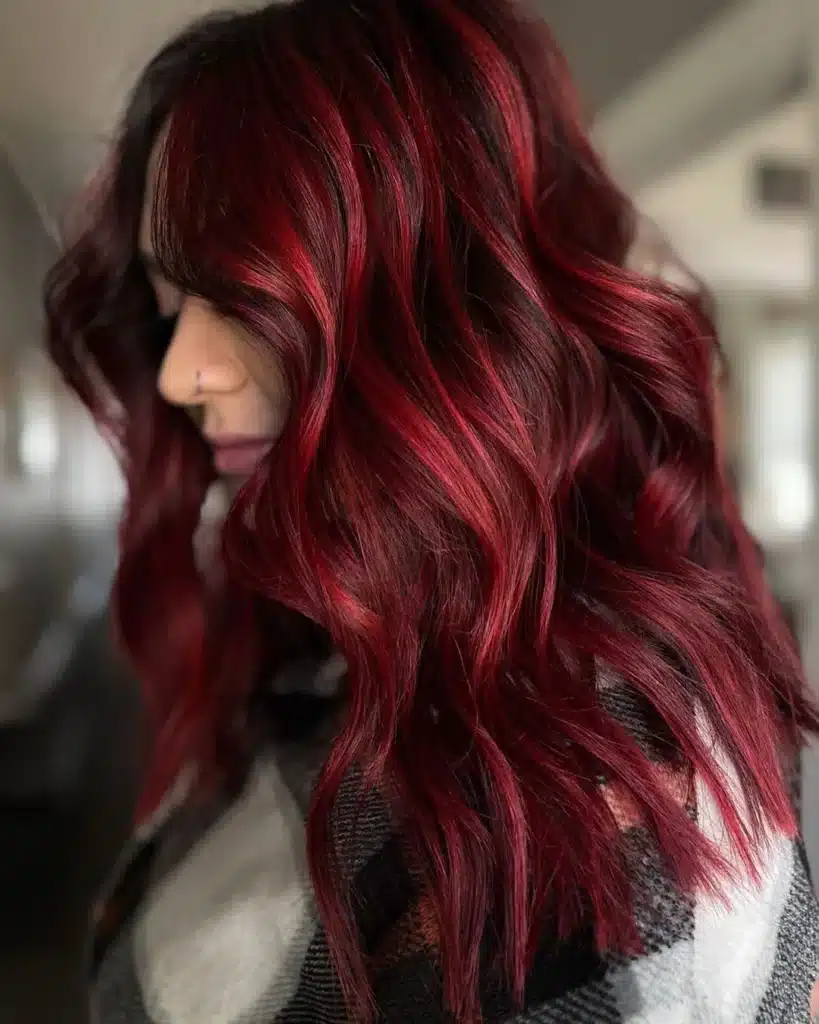
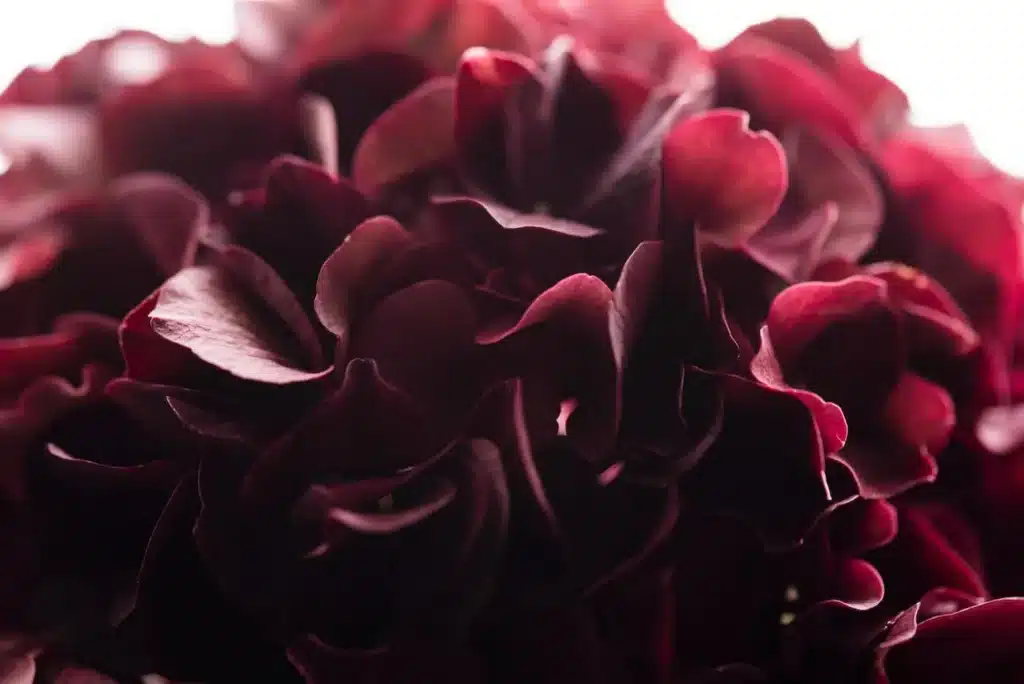
Terracotta: Exploring Its Depth and Versatility
Terracotta connects natural clay tones with modern design, offering warmth, texture, and a timeless appeal. You’ll find it used in architecture, interiors, and color palettes that balance rustic charm with contemporary style.
Terracotta’s Rich History and Cultural Significance
You’ve likely seen terracotta in pottery, tiles, and ancient architecture. The word itself comes from Italian, meaning “baked earth,” a reference to its origins in clay fired at low temperatures.
Cultures across the Mediterranean, South Asia, and the Americas used terracotta for both practical and decorative purposes. From Greek roof tiles to Chinese sculptures, it carried both functional and symbolic value.
In design today, terracotta still reflects its heritage. It brings a sense of stability and connection to the earth, making it a natural fit for homes that value grounded, authentic materials.
Warm Terracotta and Earthy Terracotta Variations
When you choose terracotta, you’ll notice it falls into two main categories: warm terracotta and earthy terracotta.
- Warm terracotta leans toward soft orange or pink undertones. It feels inviting, especially in living spaces where you want comfort and brightness.
- Earthy terracotta shifts deeper, closer to clay brown or muted rust. It works well in grounded, natural interiors with stone, wood, or linen textures.
Light affects these tones significantly. A warm terracotta wall might look peachy in daylight but richer under evening lamps. Earthy terracotta, on the other hand, often holds steady, creating a consistent backdrop that pairs well with neutral or natural materials.
Terracotta Red and Clay Red: Key Differences
Terracotta red and clay red often get grouped together, but they aren’t identical.
- Terracotta red sits in the middle of the spectrum, balancing orange and brown tones. It resembles sunbaked clay and feels versatile across styles.
- Clay red leans closer to burgundy or brick, with stronger red undertones and less orange. It often appears deeper and more dramatic.
| Shade | Undertone | Common Uses |
|---|---|---|
| Terracotta Red | Orange-brown | Walls, pottery, textiles |
| Clay Red | Red-brown | Accent walls, ceramics |
If you want warmth and brightness, terracotta red works best. For a stronger, more defined statement, clay red gives you that depth.
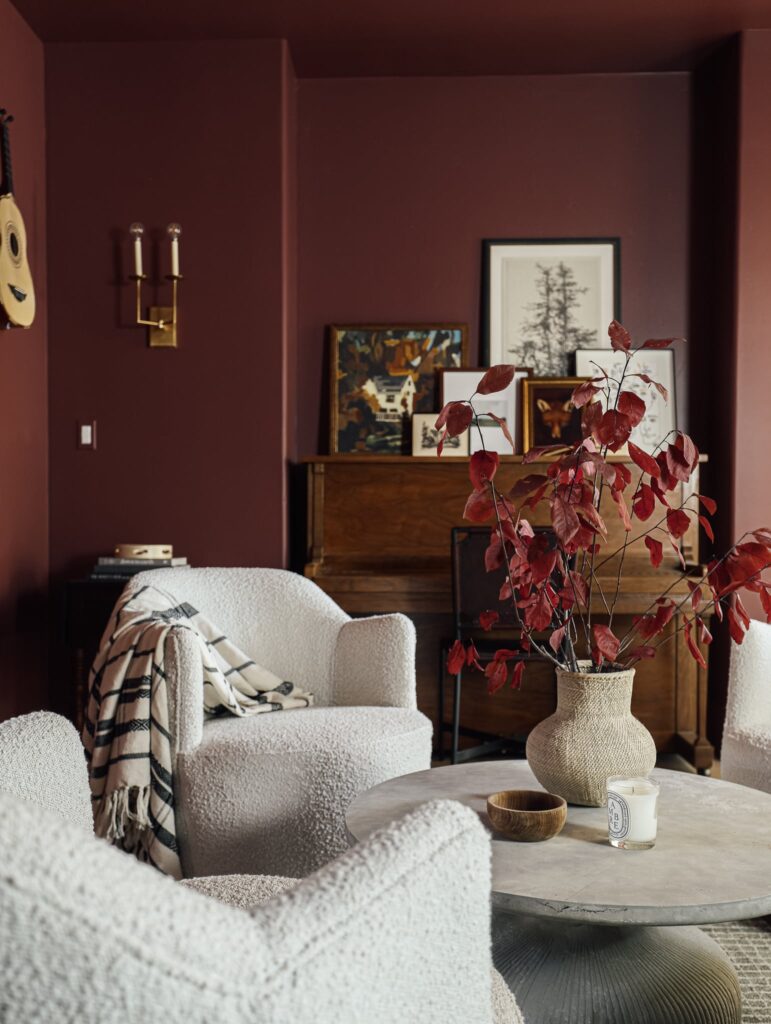
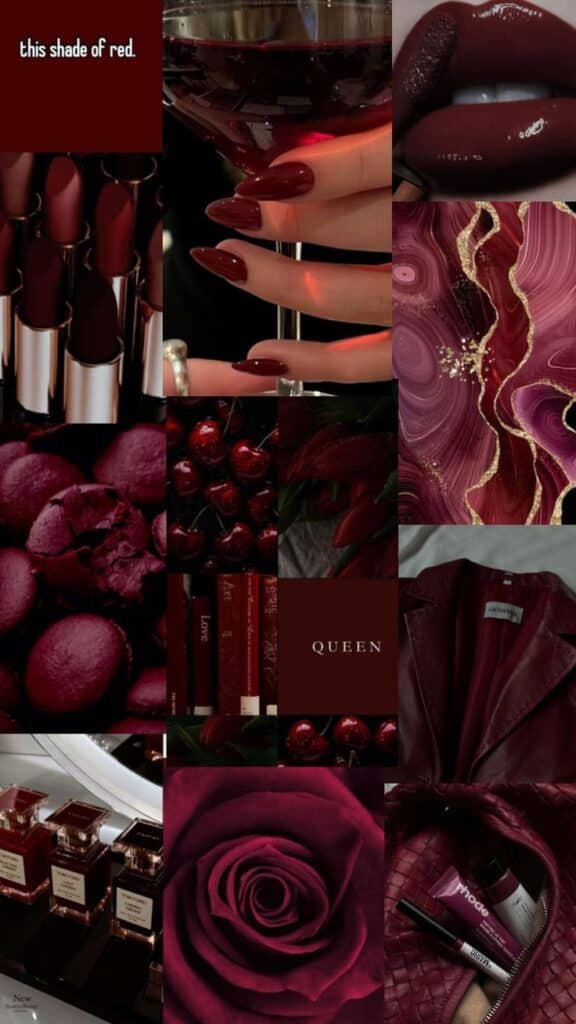
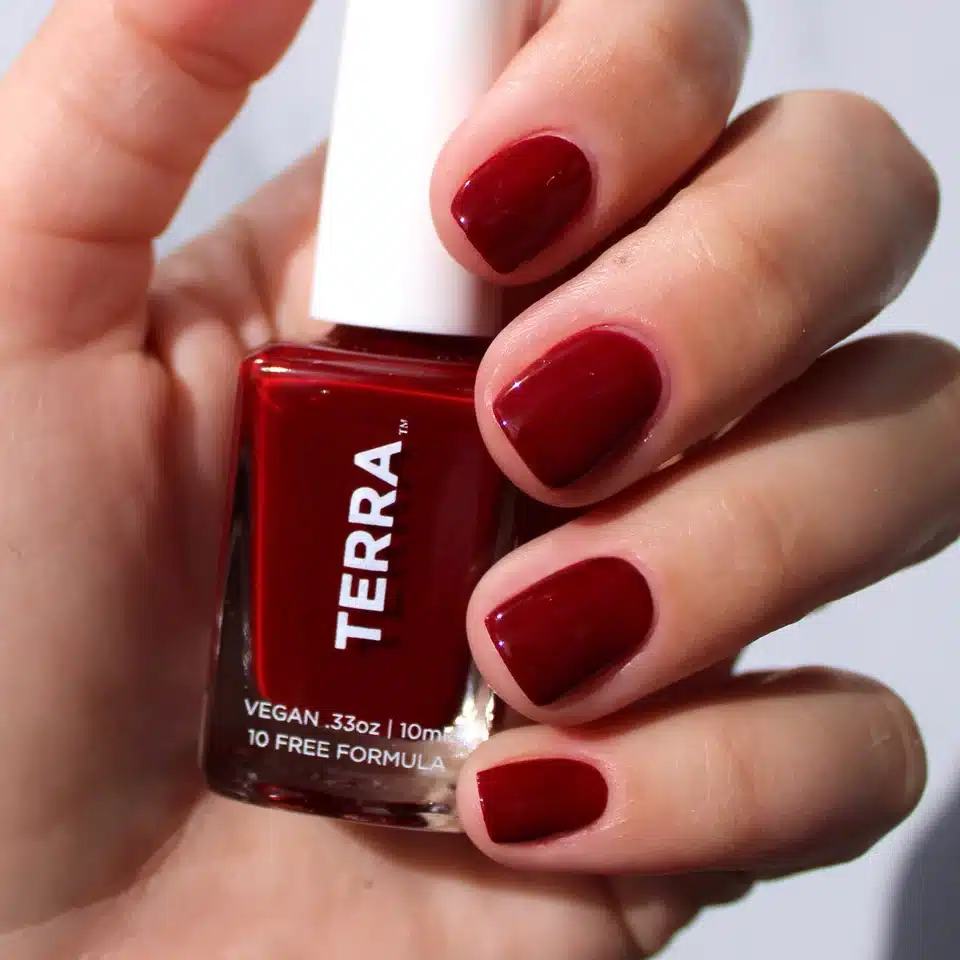
Clay Pink and Burgundy: Subtle Sophistication in Color Trends
Clay pink brings a soft, earthy warmth, while burgundy adds depth and richness. When you use them together, they create a balanced palette that feels both modern and timeless.
Evolution of Clay Pink in Design
Clay pink has shifted from being considered a niche accent to a versatile choice in interiors and fashion. Its muted undertones of beige and blush pink make it less overwhelming than brighter pinks.
You’ll notice that clay pink works well in spaces where you want calm energy without losing personality. Designers often use it on walls, textiles, or ceramics because it adapts easily to both natural light and artificial lighting.
Compared to light pink or blush pink, clay pink feels more grounded. It pairs seamlessly with natural textures like wood, linen, or stone, which helps you achieve a warm and inviting look without leaning too sweet or overly feminine.
Burgundy’s Timeless Appeal
Burgundy has long been associated with elegance and strength. Unlike brighter reds, it carries a sense of refinement that works in both classic and contemporary settings.
In clothing, burgundy often appears in fall and winter collections, but you can also use it year-round for accessories, statement pieces, or even nail color. In home design, it provides contrast against neutrals and complements soft tones like clay pink or blush pink.
Because burgundy sits between red and purple, it offers versatility. You can highlight its richness with metallic accents like brass or gold, or soften it with lighter shades for a more approachable look.
Pairing Clay Pink and Burgundy with Other Shades
When you combine clay pink and burgundy, you get a palette that balances softness with depth. Clay pink lightens the mood, while burgundy anchors it.
You can expand this pairing by adding light pink or blush pink for subtle gradients. This creates a layered effect that feels cohesive without being flat. For a bolder style, try introducing terracotta, deep green, or even muted aqua blue.
Here’s a quick guide for combinations:
| Shade | Best Pairings | Mood Created |
|---|---|---|
| Clay Pink | Wood, beige, blush pink | Warm, calm |
| Burgundy | Gold, navy, clay pink | Bold, refined |
| Light/Blush Pink | Burgundy, cream, gray | Soft, romantic |
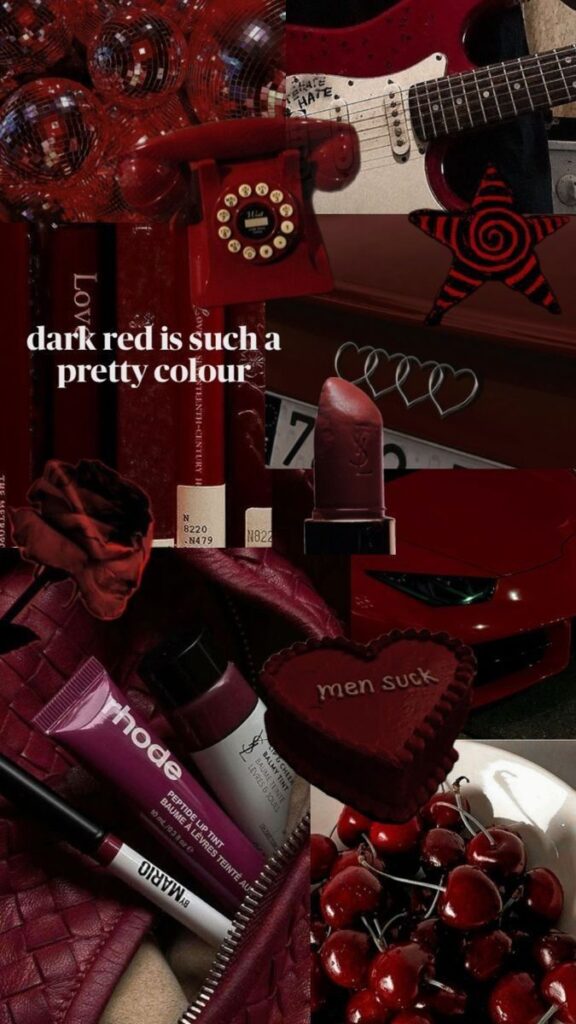
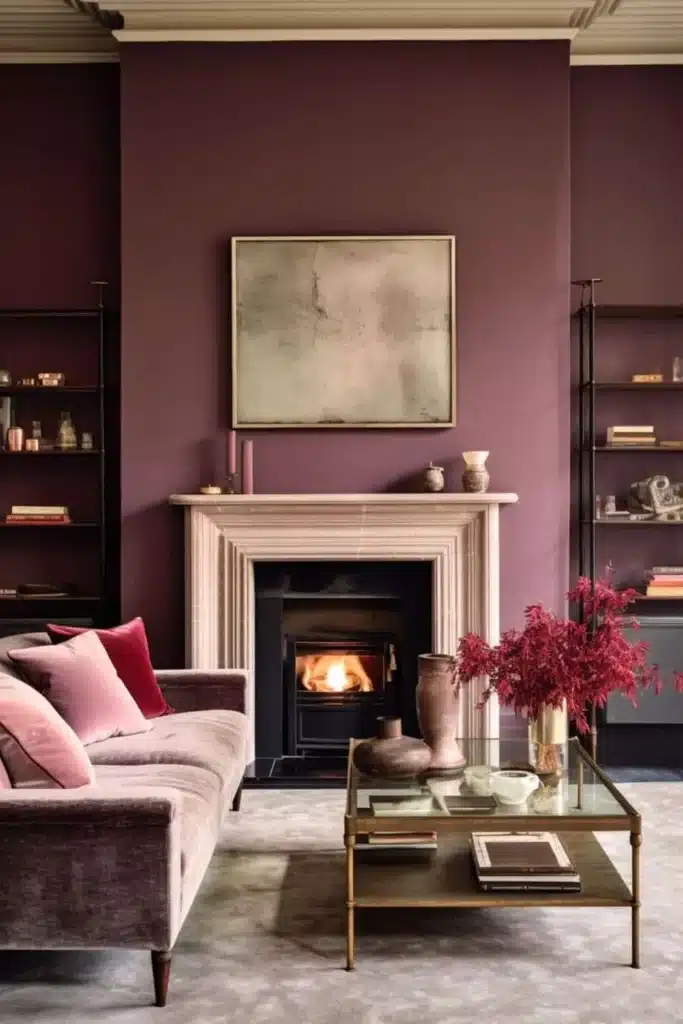
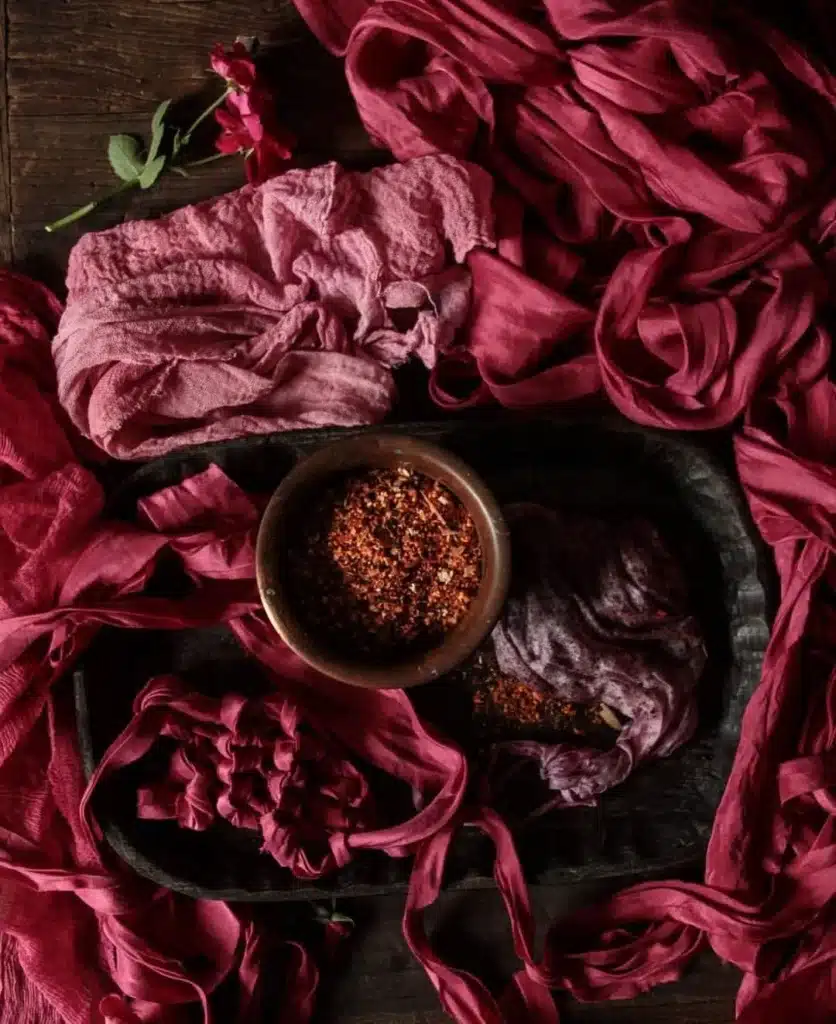
Color Pairings and Palettes: Creating Harmony with Deep Reds
Deep reds pair well with earthy tones, muted neutrals, and carefully chosen complementary colors. You can create warmth, balance, or contrast depending on the palette you build around shades like terracotta, clay pink, and burgundy.
Terracotta Color Palettes for Interiors and Fashion
When you use terracotta, you bring in warmth that feels grounded and natural. In interiors, it works beautifully with soft beige, muted taupe, and warm gray to create a calm, inviting space. Adding natural textures like wood or linen enhances the earthy effect.
In fashion, terracotta pairs well with cream knits, denim blues, and olive green accessories. These combinations keep the color approachable and versatile. Terracotta also looks modern when styled with black leather or metallic accents for a sharper edge.
A simple palette idea:
- Terracotta + Warm Beige + Olive Green
- Terracotta + Cream + Dark Brown
- Terracotta + Charcoal + Gold Accents
Complementary Colors: Olive Green, Cream, and More
Deep reds like burgundy or clay pink gain balance when paired with olive green. The muted green softens the intensity, making the combination ideal for both fashion and interior design. You can use olive in upholstery, wall colors, or clothing layers to tone down the richness of red.
Cream works differently—it lightens the overall look and prevents the palette from feeling heavy. In interiors, cream walls or textiles let deep reds stand out without overwhelming the room. In clothing, cream tops or accessories soften bold red pieces.
Other strong pairings include navy blue for contrast, slate gray for sophistication, and blush pink for a tonal effect. These colors let you create palettes that feel balanced and practical rather than overpowering.
Seasonal Inspirations: Autumn, Rustic, and Modern Styles
For autumn-inspired palettes, combine burgundy, terracotta, and clay pink with mustard yellow, burnt orange, and olive green. This creates a warm, layered look that works well in seasonal fashion and cozy home decor.
Rustic styles rely on earthy tones like sand, cream, and natural wood. Pairing these with deep reds gives a grounded, organic feeling. You can use this approach in farmhouse interiors or casual, textured clothing combinations.
Modern styles take a cleaner route. Pair deep reds with charcoal, black, or crisp white for sharper contrast. Adding metallic details like brushed brass or chrome makes the palette feel sleek and contemporary.

Inspiration and Real-Life Applications
You can use deep red tones in many areas of life, from the way you decorate your home to how you choose colors for events or design projects. These shades bring warmth, sophistication, and a sense of grounding when applied with intention.
Deep Red Shades in Home Decor
When you bring terracotta into your living spaces, you create a warm, natural base that pairs well with wood, stone, and woven textures. It works especially well on accent walls, floor tiles, or pottery pieces.
Burgundy offers a richer, more dramatic look. You can use it in upholstered furniture, curtains, or rugs to add depth and contrast against lighter neutrals like cream or beige.
For a softer effect, clay pink or blush pink can be used in bedrooms or living rooms. These shades reflect light well and help create a calm, welcoming atmosphere. Pair them with brass fixtures or soft linens for a balanced look.
A quick guide for pairing:
| Shade | Best Pairings | Common Uses |
|---|---|---|
| Terracotta | Wood, greenery, off-white | Walls, tiles, ceramics |
| Burgundy | Cream, navy, gold | Upholstery, rugs, art |
| Clay Pink | Brass, natural fabrics, beige | Bedding, cushions, decor |
Terracotta and Burgundy in Art and Branding
In creative fields, terracotta often conveys an earthy, grounded message. Artists use it in ceramics, murals, or mixed media to highlight natural themes. Designers apply it in logos or packaging to suggest sustainability and authenticity.
Burgundy, on the other hand, signals richness and prestige. You’ll find it in wine labels, fashion branding, and luxury product packaging. Its darker tone communicates seriousness and reliability, making it a favorite for businesses that want to appear established and trustworthy.
When you combine terracotta and burgundy, you get a balance between approachable warmth and refined elegance. This pairing works especially well in boutique branding, artisan goods, or cultural projects where tradition and modernity meet.
Incorporating Clay Pink in Weddings and Events
Clay pink and blush pink are popular choices for weddings because they feel soft and romantic without being overly sweet. You can use them in bridesmaid dresses, floral arrangements, or table linens.
Terracotta accents, such as ceramic vases or clay-colored candles, add warmth to the setting. This combination creates a grounded yet inviting atmosphere that feels both modern and timeless.
For evening events, adding touches of burgundy—like in napkins, chair sashes, or floral details—brings contrast and sophistication. The mix of clay pink, terracotta, and burgundy allows you to layer light and dark tones, creating depth in photos and a memorable setting for guests.


